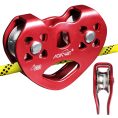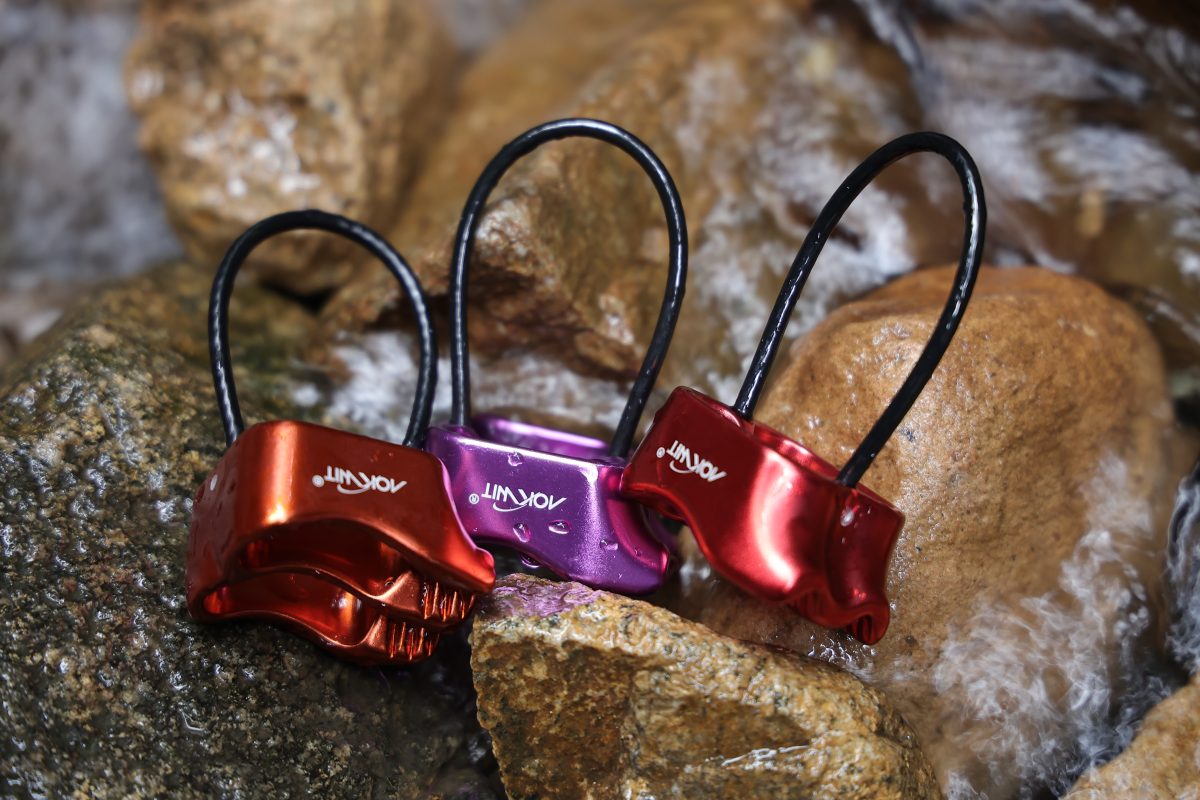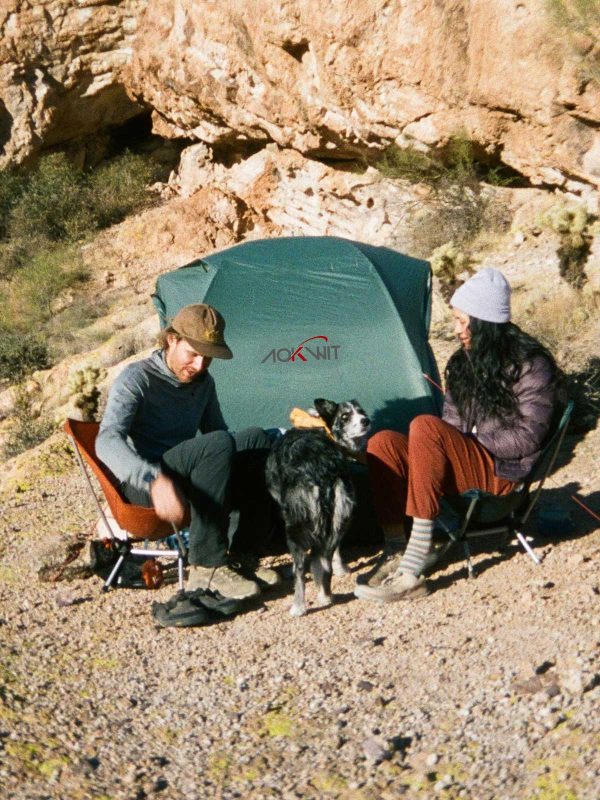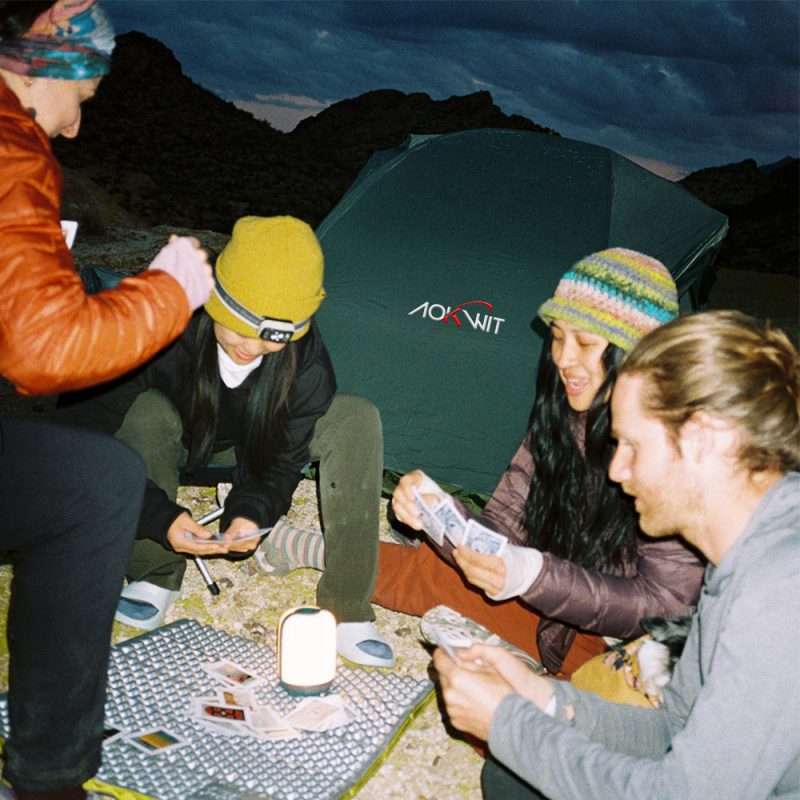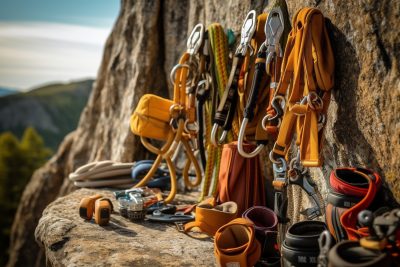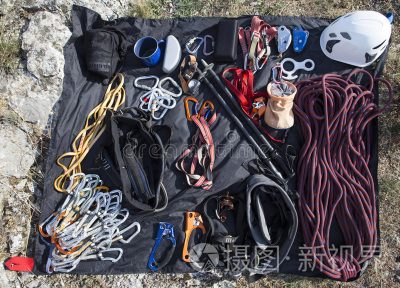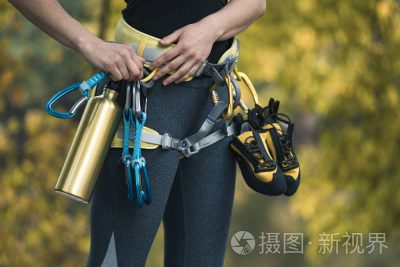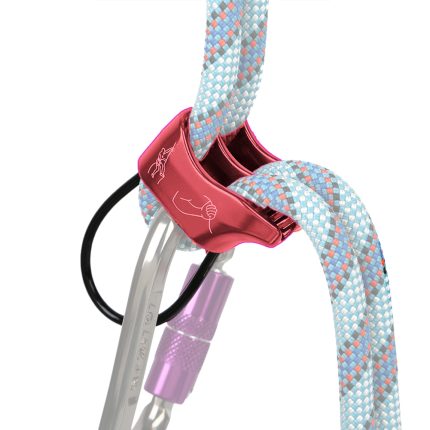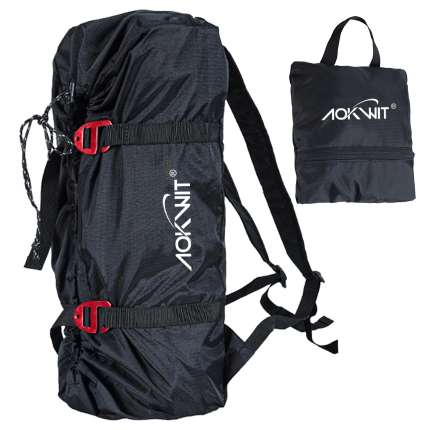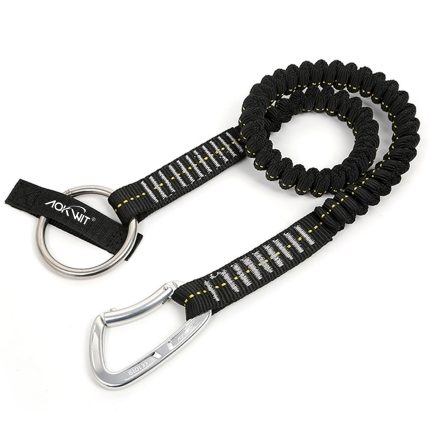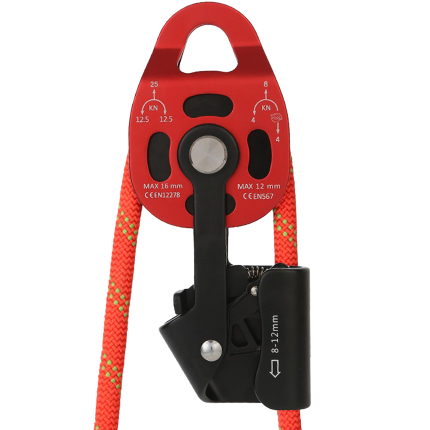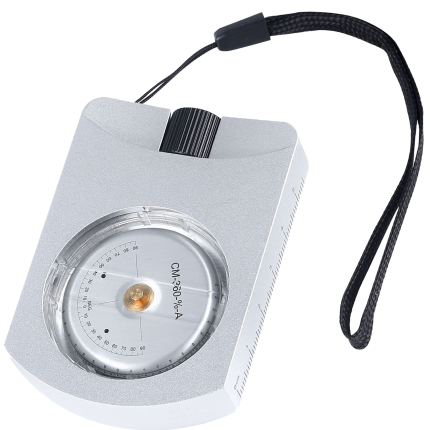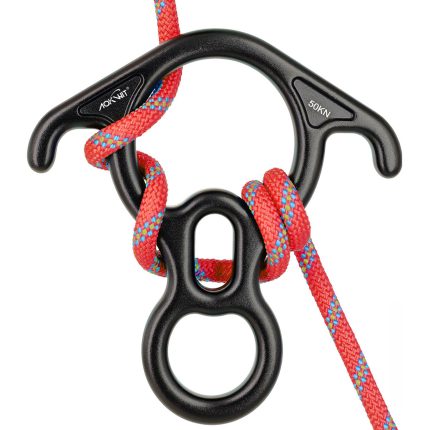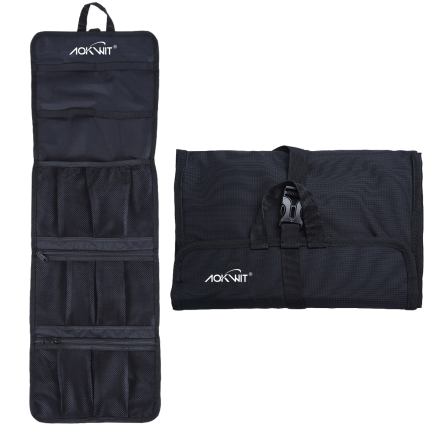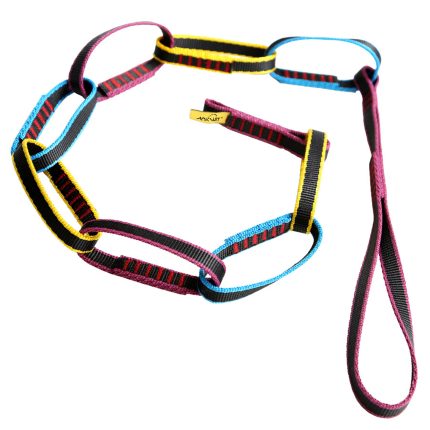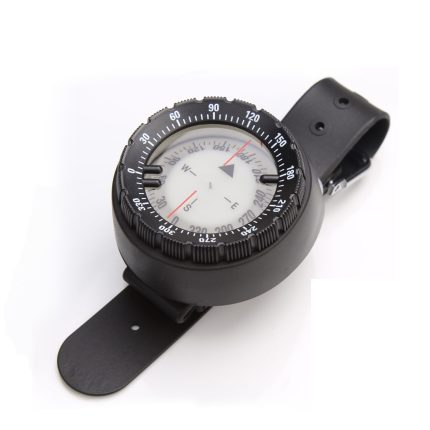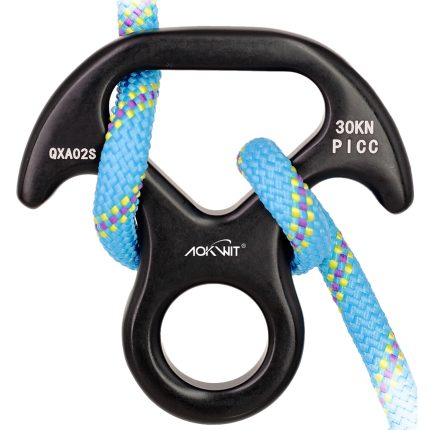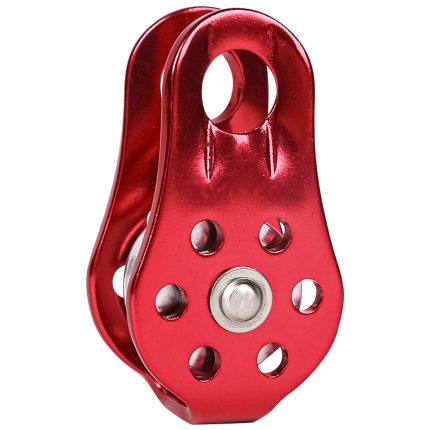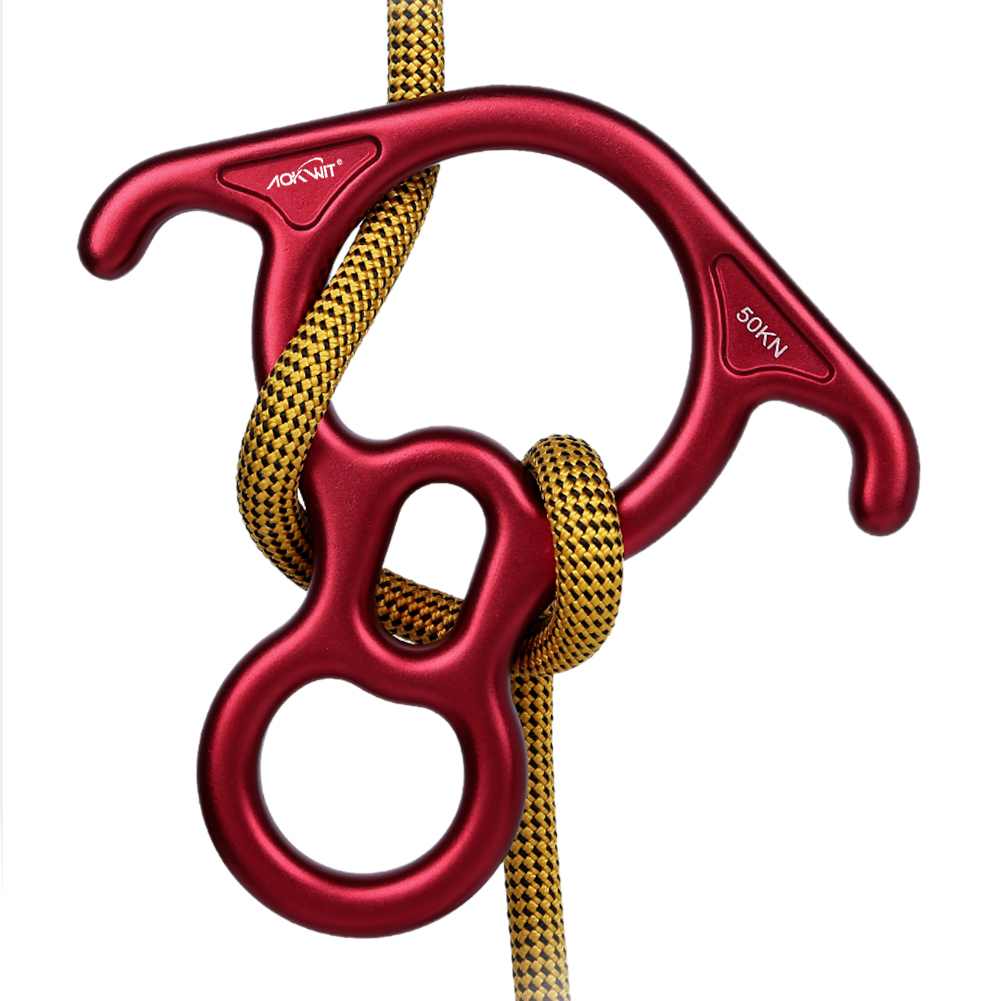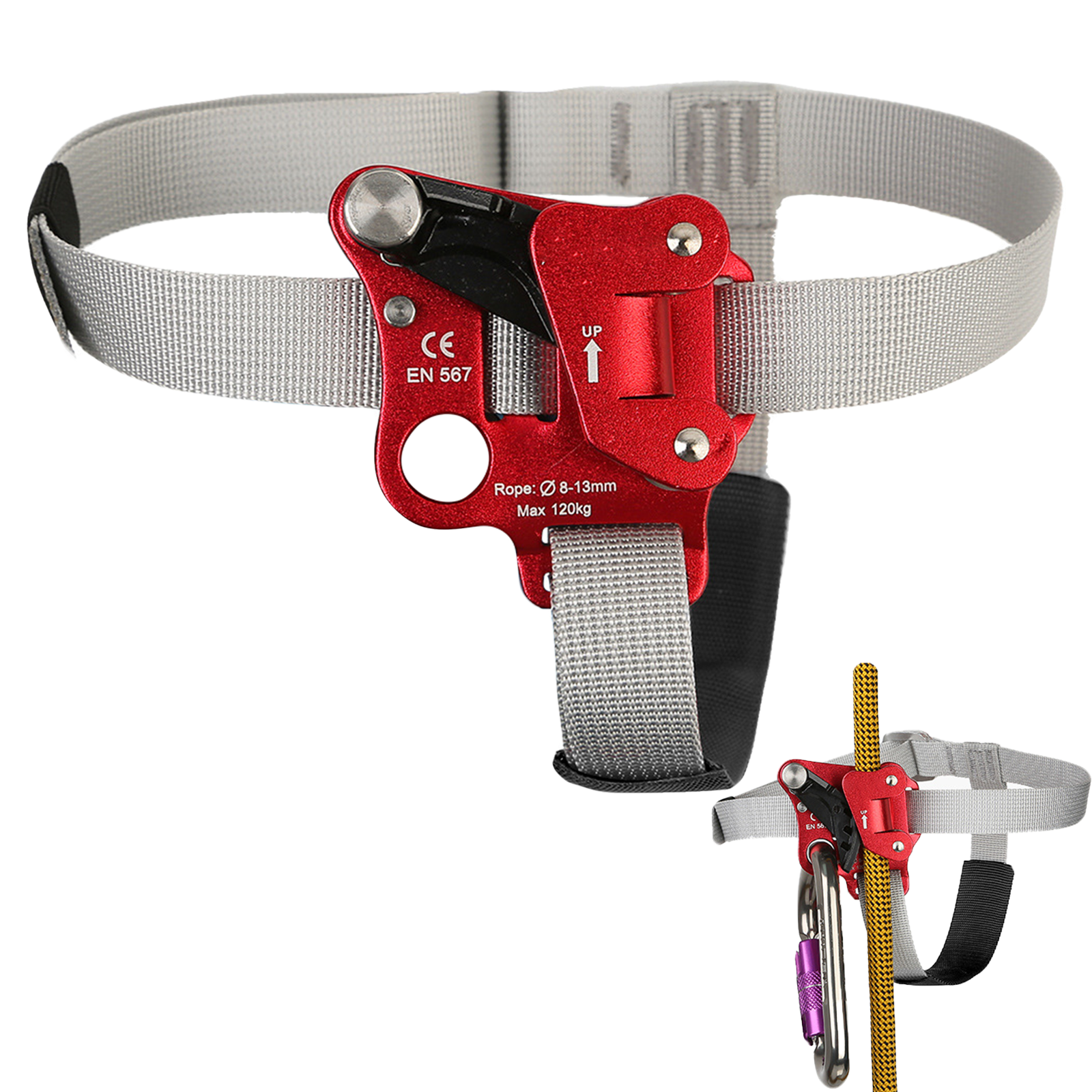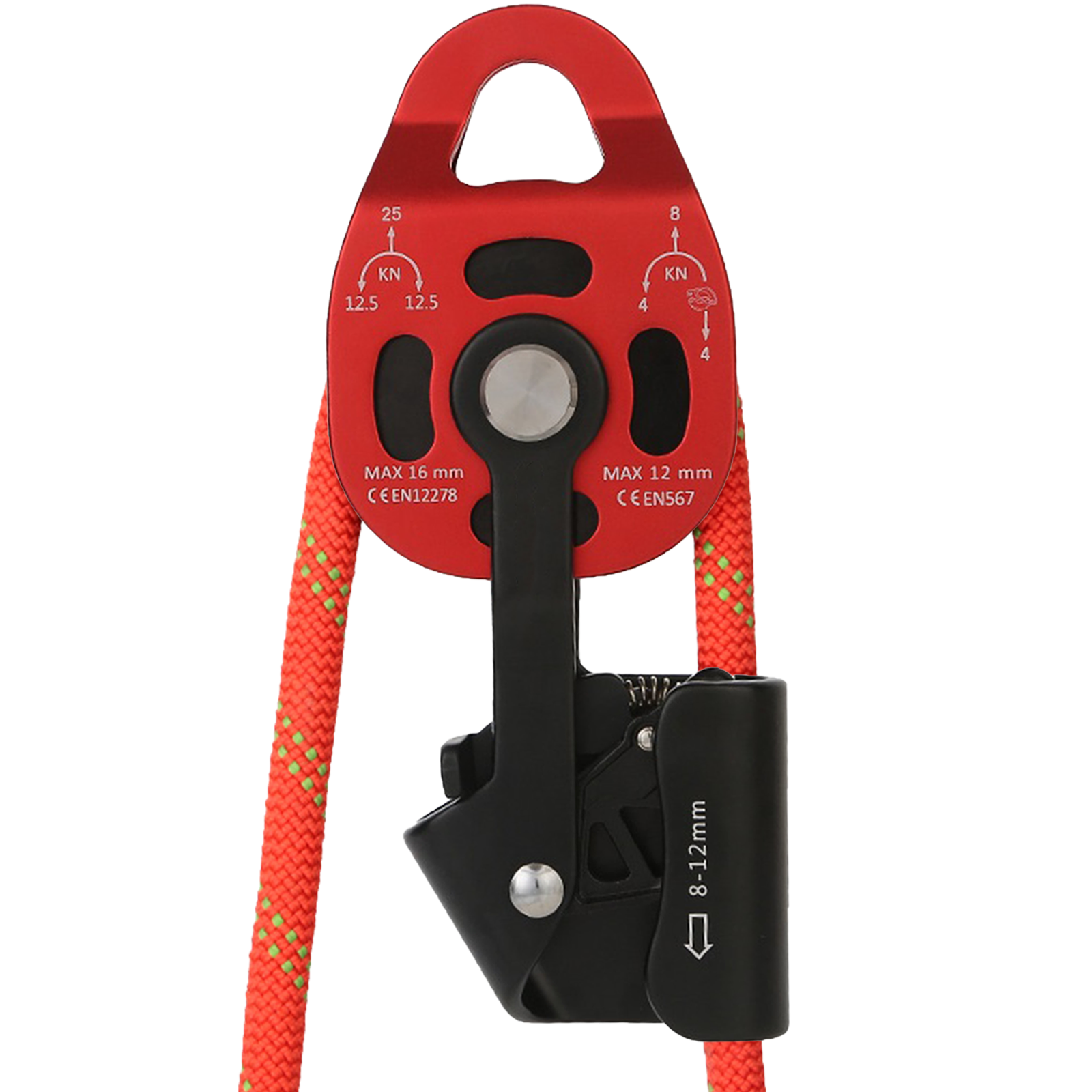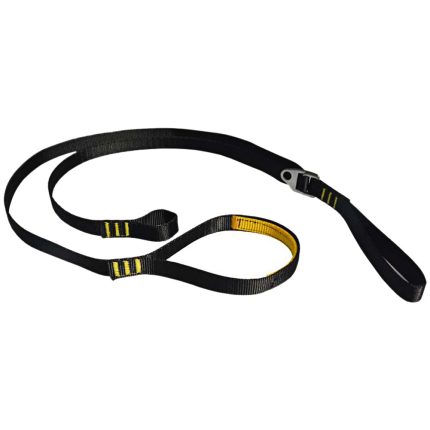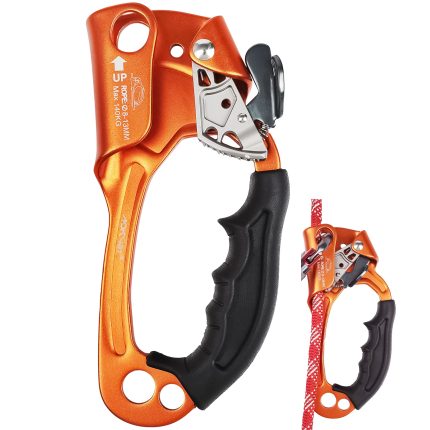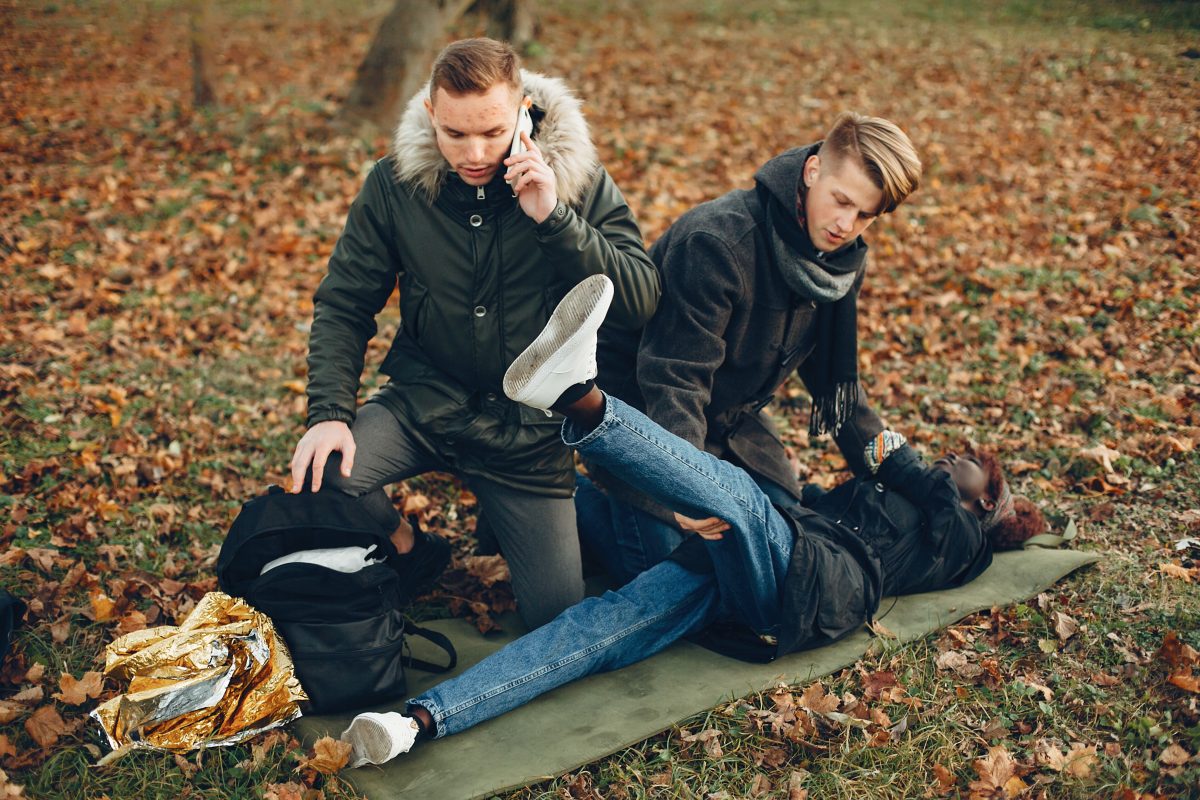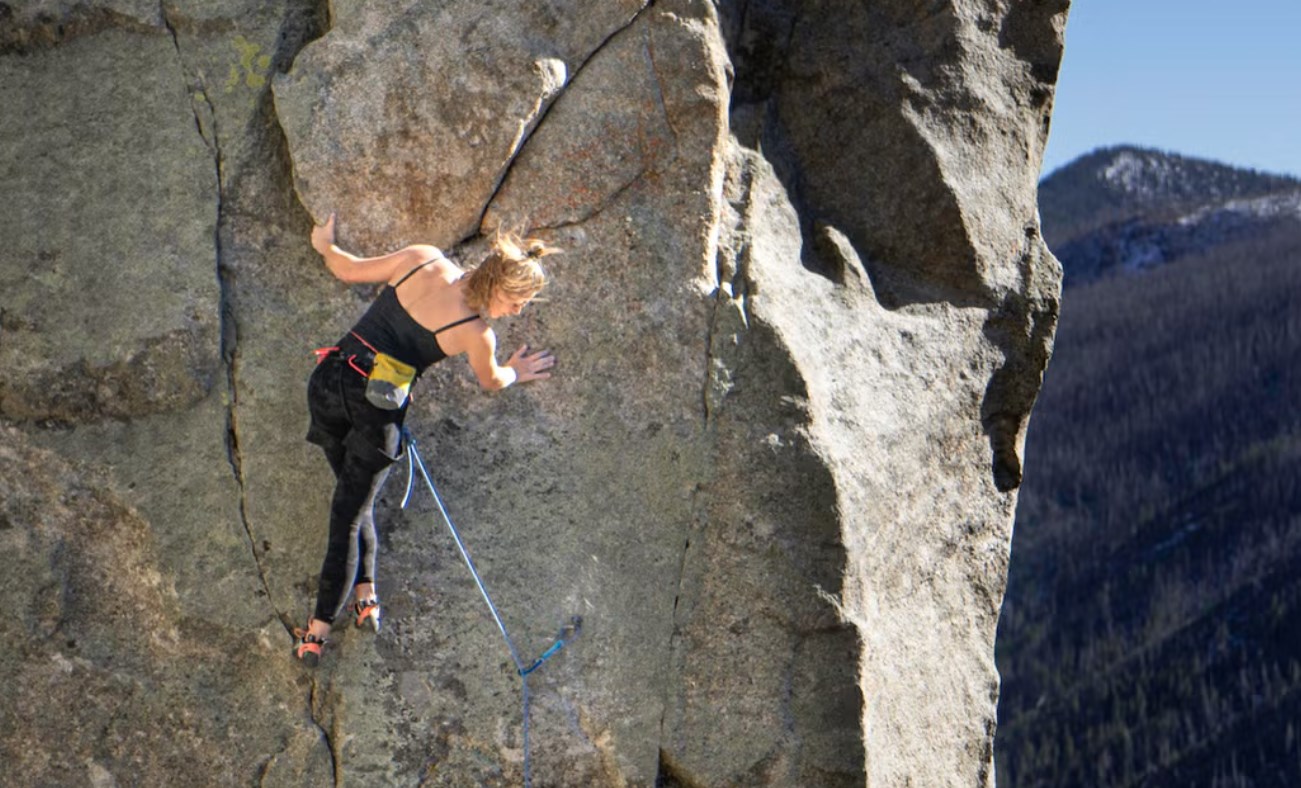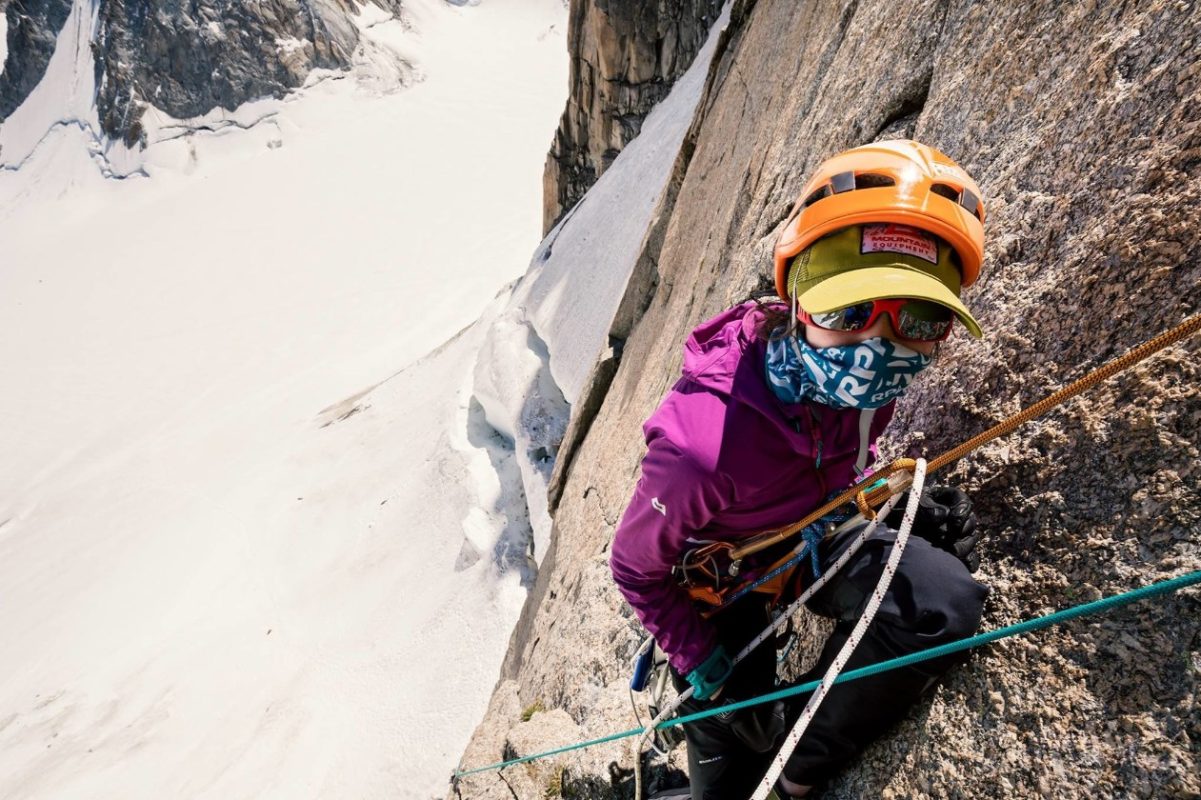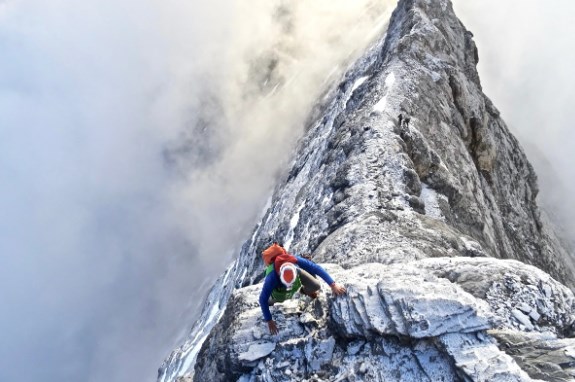The 50 Most Common Climbing Mistakes (Traditional Climbing, Big Wall Climbing)

II. Common Mistakes in Traditional Climbing
17.Trusting slings left on the rock by previous climbers
Even if previous climbers used this sling for successful rappelling, it doesn’t mean it’s risk-free to use again.
Check carefully whether the sling is obviously faded due to sun exposure or worn out.
Has it been bitten by wild animals? Especially the part of the sling that passes through trees or behind rocks where you can’t easily see?
If there is any doubt, you should take out your own sling and replace it.
18.Only using coiled ropes to connect the protection station
Coiled ropes is very useful equipment… but only for aid climbing.
Its designed load-bearing capacity is only within the body weight range, and it is a static rope, so it cannot become part of your protection station system.
A specially designed self-protection system (Personal Anchor) is relatively safe, but it also has obvious disadvantages, that is, it cannot be stretched very long. The best solution is to use a main rope with a double loop knot.
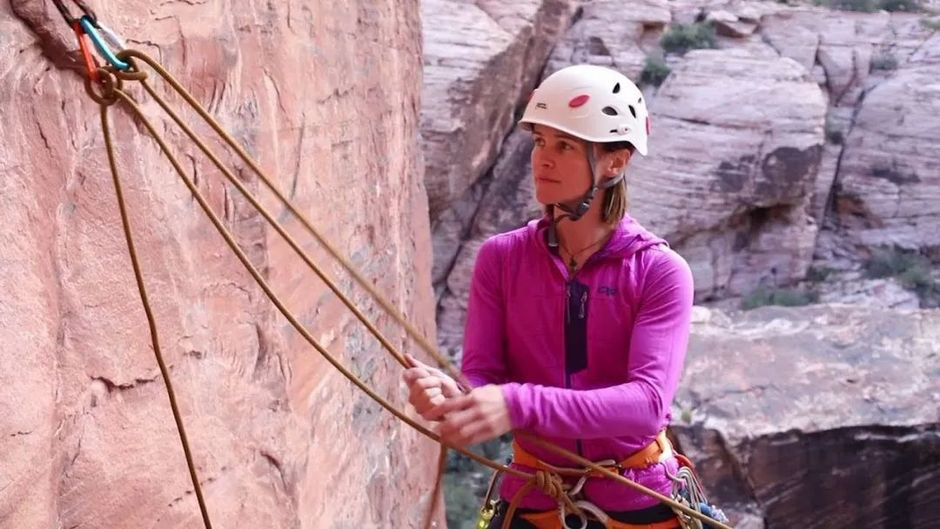
Connecting the protection station perfectly with the main rope
19.Ignoring that the first protection plug may be pulled outward
Unless your belayer is directly below you, a fall or tightening the main rope may pull the first plug outward.
If the first plug is placed in a way that cannot resist this pulling force, it may cause the protection to fail, and the climber may fall directly to the ground.
Therefore, the reliability of the first protection plug is particularly important and must be carefully considered.
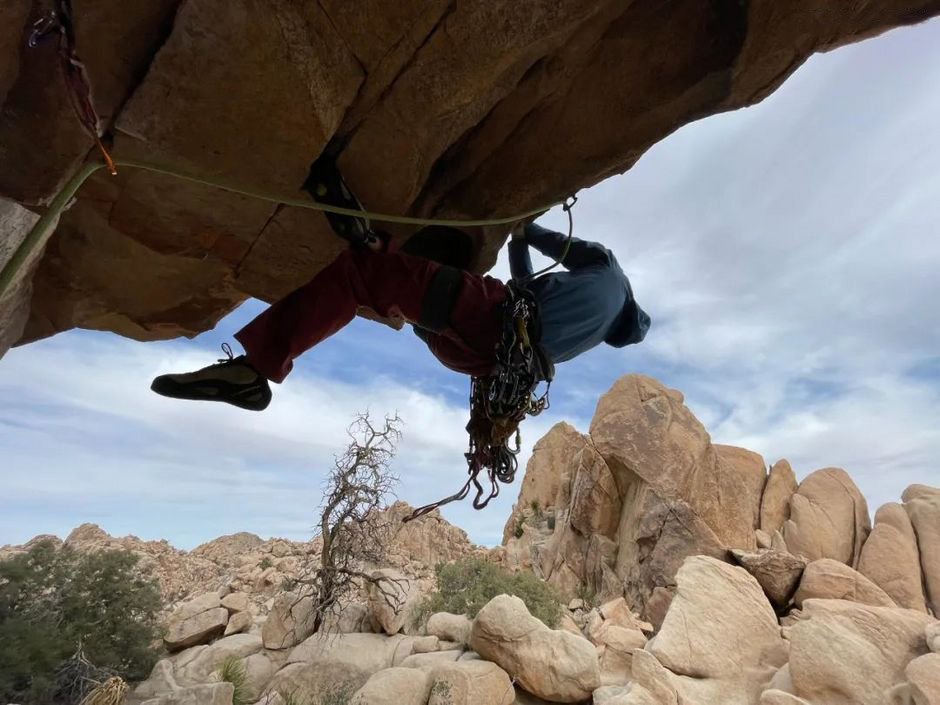
Please note the direction of the first protection plug
20.Neglecting the protection of the second climber when traversing
I think that following a traverse route may be more terrifying than leading, especially when the leader does not place an appropriate number of protection plugs on the traverse section. Once the follower falls, a large swing may occur.
To maintain your friendship, the leader must take care of the follower’s feelings.
And remember, for the follower, the protection plug after the difficult section is the key to protection.

21.Not placing enough protection above the small platform on the route
Many climbing accidents occur because the leader hits the small platform in the middle of the route when falling.
Therefore, after passing the small platform, pay attention to the positions of the protection plugs to ensure that your legs and body will not hit the platform when falling.
22.Using the same-sized plugs for building the protection station
If you build a station at the bottom of a perfect finger crack route, remember to reserve enough mechanical plugs of the corresponding size for this route and never use the precious sizes for building the station.
Use your creativity, and you can often find alternative solutions.
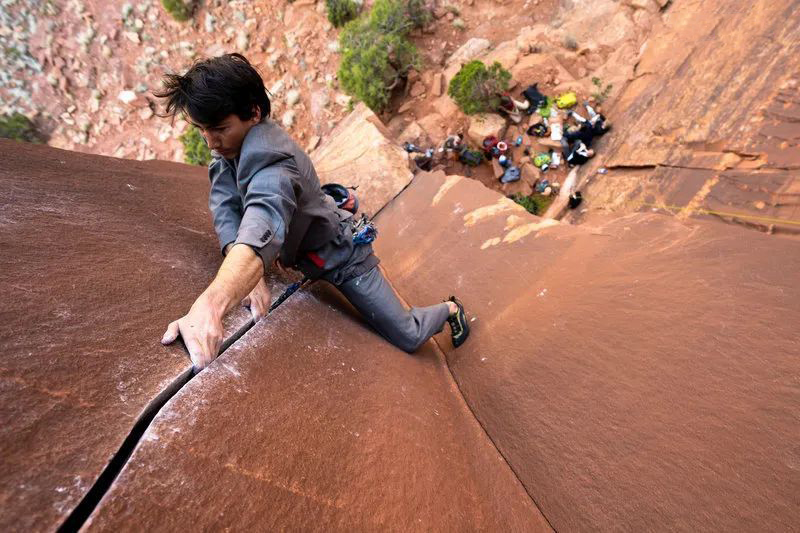
23.Not carrying auxiliary ropes that are easy to untie and tie
A ring-shaped pre-formed sling seems light and convenient, but in an emergency when a retreat is needed, it is not as good as an unfolded auxiliary rope that can be tied into a loop at any time.
Choose an appropriate length, pass it through the rock holes or tree trunks you can find, and even use it to adjust the length of the protection station.
Pre-formed slings need to be cut with a knife, and they are not easy to tie together again.
Therefore, remember to bring some ordinary auxiliary ropes for emergency use.

24.Passing the main rope directly through the sling
Never let nylon climbing equipment (such as your main rope) move in contact with the sling. Instead, use metal equipment such as carabiners or single-lock carabiners to connect them.
Otherwise, these slings may be burned in a few seconds due to high-speed friction.
Rappelling directly on the sling is also quite dangerous. If the main rope moves during rappelling (such as because the connected double ropes are of different thicknesses), it may cut the sling.
If you really have to do this, consider pasting smooth adhesive tape on the sling to reduce friction.
25.Forgetting to bring a Nuttool
Nuttool is not only useful for removing nuts. Mechanical plugs are so expensive, have you forgotten?
26.Forgetting to bring a headlamp
Even if you think you can definitely finish work during the day, I still recommend putting a light small headlamp in your pocket or behind your seat belt.
It can greatly improve the quality of life if you are unexpectedly caught in the dark.
27.Carrying a backpack when climbing a chimney
Many classic long routes have chimney pitches. If you want to pass through them happily, don’t carry your backpack filled with food and drinks.
If you have to carry it, use an extended quickdraw to fasten the backpack to the protection loop of the seat belt and hang it below your body.
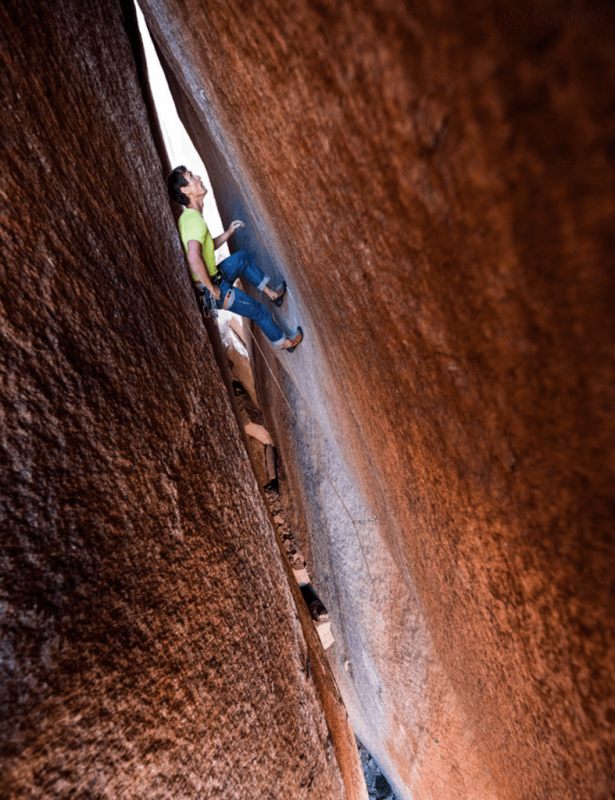
Additional tips for traditional climbing enthusiasts
When you are in an awkward situation where there are no corresponding plugs available, or when you find that the main rope is heavily dragged due to friction below because the route is tortuous, don’t forget that you can retrieve the lower protection plugs and continue climbing.
Forcing yourself to go up will only make the situation worse, and even when the rope is not long enough, you may not be able to descend again to retrieve the plugs.
III. Common Mistakes in Big Wall Climbing
28.Not tying backup knots below the ascender
Ascender detachment is not a rare thing. One detachment will scare you, and two detachments may be fatal.
Therefore, when following on a fixed rope, remember to tie a backup knot on the carabiner of the seat belt protection loop every 10 meters.
Also, tie backup knots before facing a troublesome terrain, such as a traverse or an overhang.
29.Looking at the protection plug during the bounce test
The bounce test is to check whether this plug will pop out. Since that’s the case, why are you staring at it?
It hurts a lot if the plug pops out and hits you in the face. Look down and face it with the top of your helmet.
30.Carrying too much (or not enough) water
Stuffing a whole swimming pool into your haul bag is the primary reason to slow down your big wall journey.
In addition, if you lack water during climbing, your actions will also become very slow.
Accumulate enough experience before departure, carefully assess the weather and route, and decide how much water to bring.
Three liters per person per day is relatively reasonable, but if the weather is too cold/hot, the wind is strong/weak, or the sun is strong/weak, it should affect your final decision.
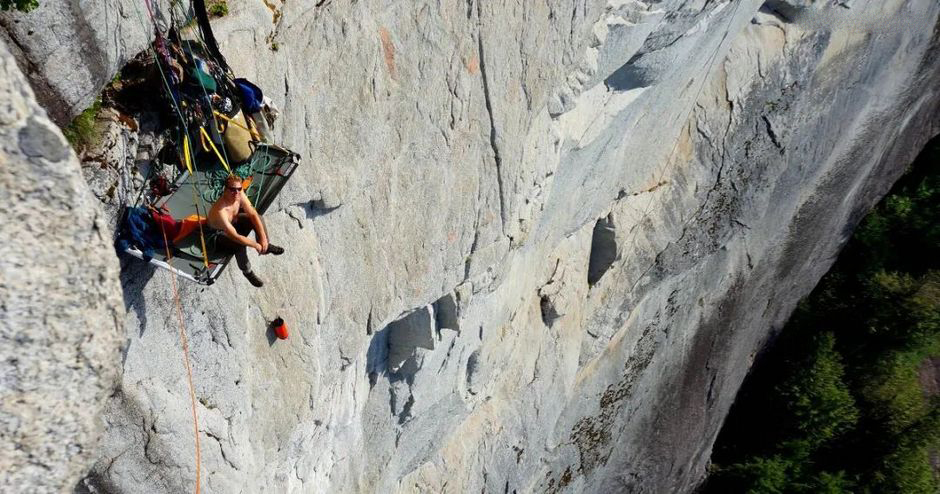
31.Overtaking when you are not climbing fast yourself
Overtaking is allowed in big wall climbing with the permission of others.
But before you ask, make sure that the slow team in front is indeed less capable than you, not because they are struggling with a difficult section.
If you overtake and find that you are not as fast as you imagined, and even block the team behind, be sensible to admit your mistake and take the initiative to tell them that they can overtake you.
32.Urinating (or defecating) on your partner or the team below
For obvious moral reasons, do not urinate on others, ropes, routes, or any equipment.
Fully assess the environment and wind speed to ensure that you are standing in a stable place before starting your business.
Most “emergencies” can be planned and solved in advance by sensing some physical “warning signals”, just like when you are at home.

